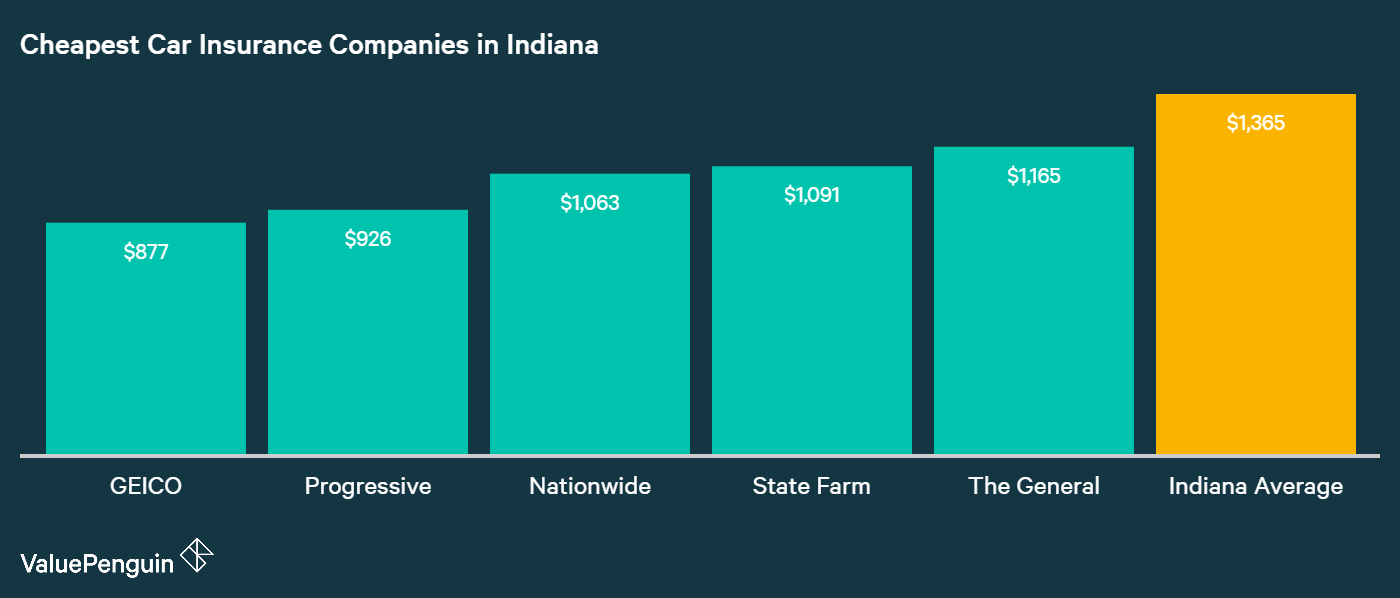This successfully removes the ceiling on monetary danger for people in the specific exchanges. The subsidies for insurance coverage premiums are provided to people who buy a strategy from an exchange and have a household earnings between 133% and 400% of the poverty line. Section 1401(36B) of PPACA discusses that each subsidy will be provided as an advanceable, refundable tax credit and offers a formula for its estimation: Other than as supplied in clause (ii), the relevant portion with respect to any taxpayer for any taxable year is equivalent to 2. 8 percent, increased by the number of percentage points (not higher than 7) which bears the exact same ratio to 7 percentage points as the taxpayer's household income for the taxable year in excess of one hundred percent of the poverty line for a household of the size included, bears to an amount equal to 200 percent of the poverty line for a family of the size involved.
A refundable tax credit is a method to supply government advantages to individuals who may have no tax liability (such as the earned income tax credit). The formula was altered in the amendments (HR 4872) passed March 23, 2010, in section 1001. To certify for the aid, the recipients can not be qualified for other acceptable protection. The U.S. Department of Health and Person Providers (HHS) and Irs (Internal Revenue Service) on May 23, 2012, released joint final guidelines regarding execution of the new state-based health insurance coverage exchanges to cover how the exchanges will identify eligibility for uninsured individuals and employees of small companies looking for to purchase insurance coverage on the exchanges, as well as how the exchanges will manage eligibility decisions for low-income people obtaining recently expanded Medicaid advantages. What is term life insurance.
3% $2,778 $8,366 $4,000 250% $55,125 8. 05% $4,438 $6,597 $1,930 300% $66,150 9. 5% $6,284 $4,628 $1,480 350% $77,175 9. 5% $7,332 $3,512 $1,480 400% $88,200 9. 5% $8,379 $2,395 $1,480 In 2014, the FPL is predicted to equivalent about $11,800 for a single individual and about $24,000 for a family of four. See Aid Calculator [] for particular dollar quantity. DHHS and CBO approximate the typical yearly premium cost in 2014 would be $11,328 for a household of 4 without the reform. In the private market, sometimes considered the "residual market" of insurance coverage, [] insurance providers have actually normally utilized a process called underwriting to ensure that each specific spent for his/her actuarial worth or to deny protection altogether.

An Unbiased View of What Is Full Coverage Insurance
The same memorandum said that 212,800 claims had been declined payment due to pre-existing conditions and that insurance firms had organization plans to restrict cash paid based upon these pre-existing conditions. These persons who may not have received insurance coverage under previous market practices are guaranteed insurance protection under the ACA. For this reason, the insurance exchanges will move a greater amount of monetary threat to the insurance providers, but will help to share the cost of that threat amongst a bigger swimming pool of insured people. The ACA's restriction on rejecting protection for pre-existing conditions started on January 1, 2014. Previously, a number of state and federal programs, including most recently the ACA, provided funds for state-run high-risk swimming pools for those with previously existing conditions. The Health Insurance Coverage Marketplace is a platform that provides insurance strategies to people, households, and small companies. The Affordable Care Act (ACA) established the Market as a means to extend medical insurance coverage to millions of uninsured Americans. Numerous states offer their own markets, while the federal government manages http://raymondywij316.raidersfanteamshop.com/h1-style-clear-both-id-content-section-0-how-what-is-a-health-insurance-premium-can-save-you-time-stress-and-money-h1 an exchange available to homeowners of other states. The Medical Insurance Market is an entrance for people, households, and small organizations to access medical insurance. It was developed following the passage of the Affordable Care Act. The Market is readily available to those who do not have access to health insurance coverage through employer-sponsored plans.

A number of states have markets and the federal government has an exchange available for locals of the states that don't have their own. The Medical Insurance Marketplace is a crucial element of the Affordable Care Act, a healthcare reform signed into law by President Barack Obama in 2010, also referred to as Obamacare. The law instructed states to establish their own exchanges where people or households without employer-sponsored coverage could compare plans. Numerous states, however, have chosen not to establish a market and have signed up with the federal exchange. The Market helps with competition among private insurers in a main location where people who do not have access to employer-sponsored insurance can find an appropriate strategy.
Typically, this duration occurs in November and December of the year prior to the year in which the protection will take effect. Consumers can get a special enrollment duration in the case of a certifying event such as the birth of a child, marriage or the loss of another insurance coverage plan. The Market classifies plans into 4 tiers: bronze, silver, gold, and platinum, in the order of least to biggest protection. The highest tier, platinum, consists of plans that cover approximately 90% of health costs, however is likewise the most costly. Lower-income individuals and households can get approved for additional cost savings on all the health insurance coverage prepares used on the exchange through premium tax credits and cost-sharing reductions.